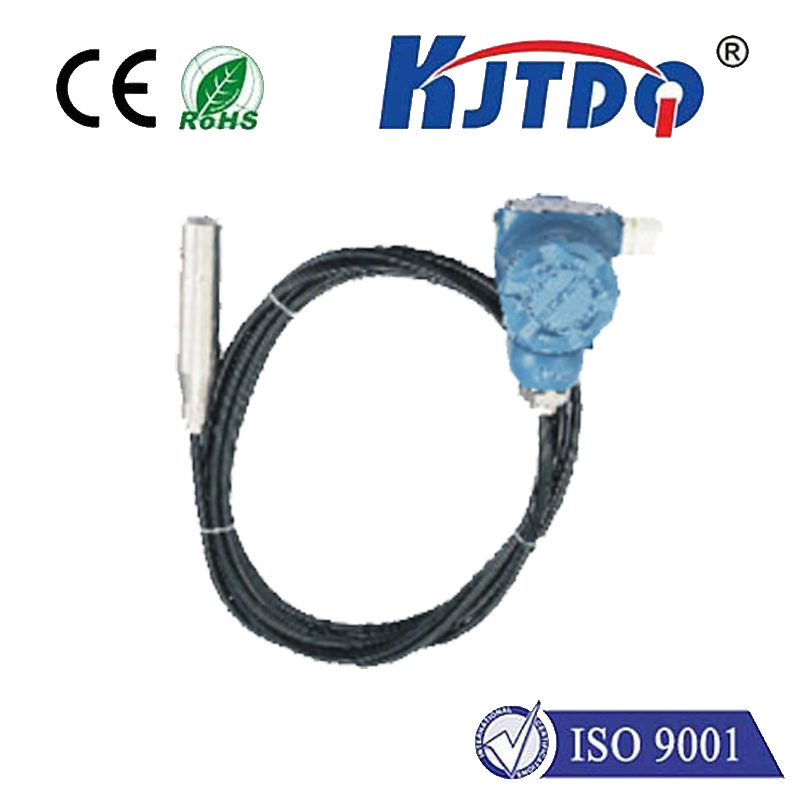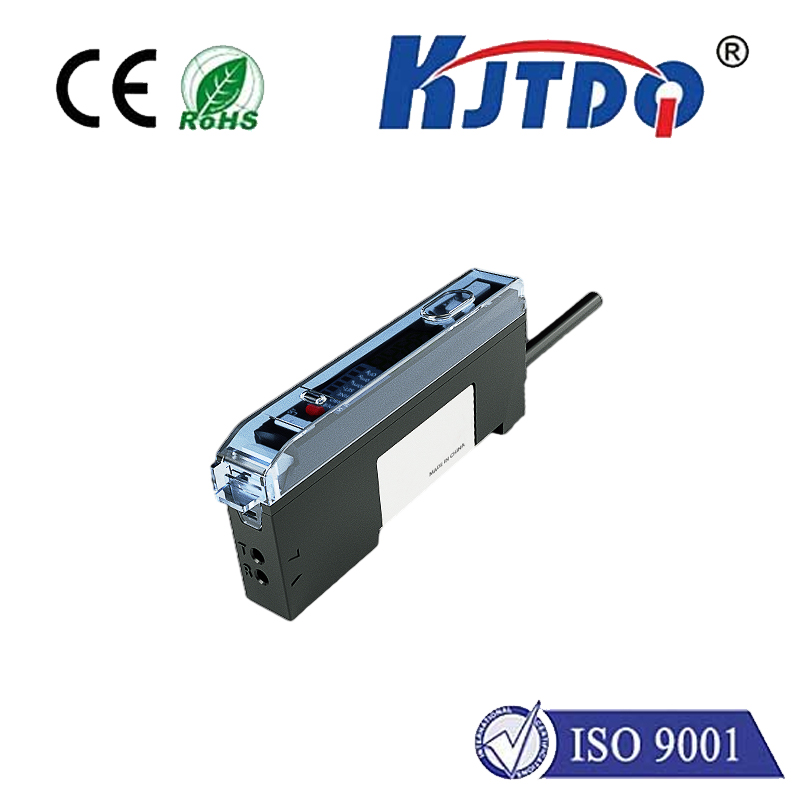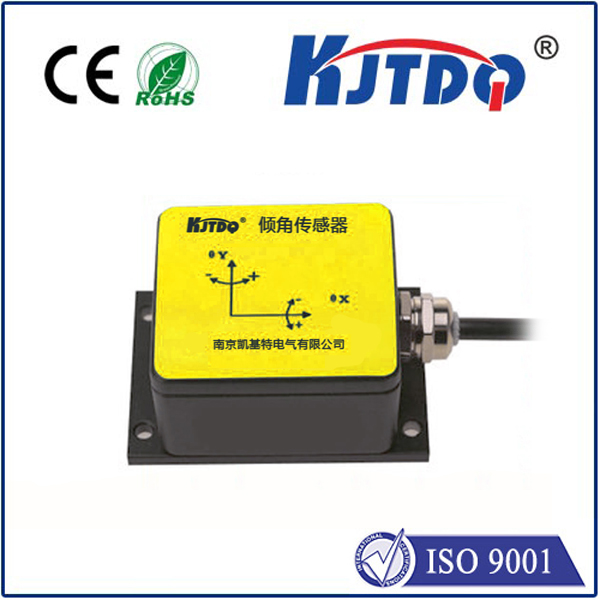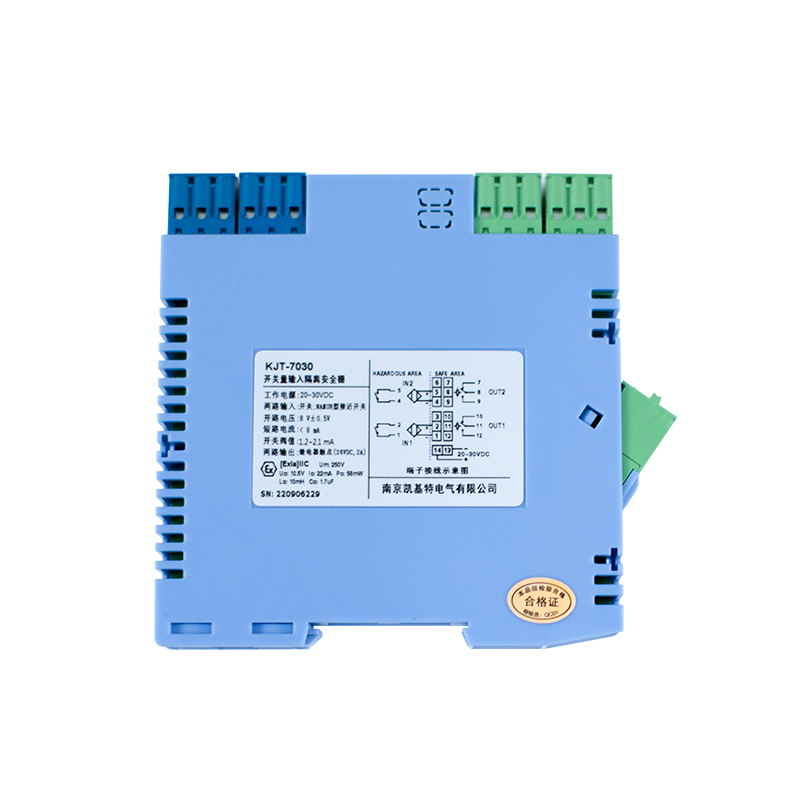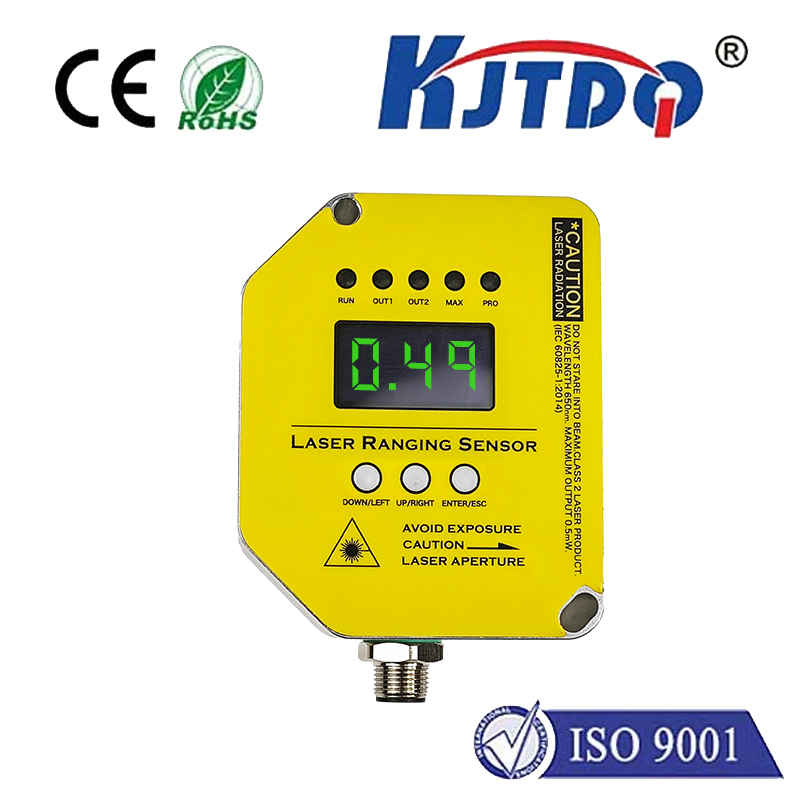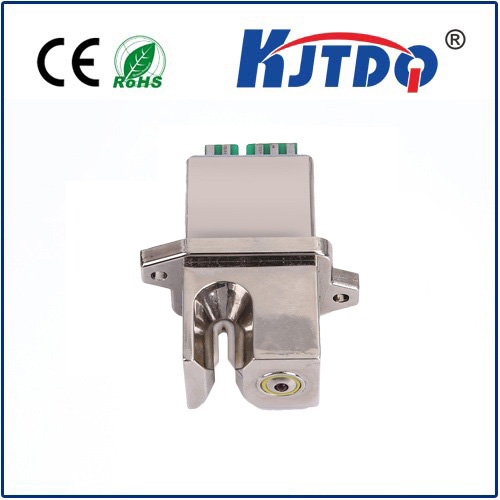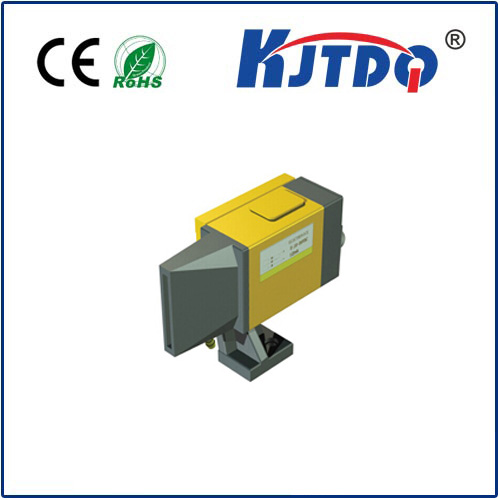
check

check

check

check

check

check

check

check

check

check
Proximity sensors with relays are a type of sensor that combines the functionality of a proximity sensor with the ability to control an electronic circuit through a relay. These devices are commonly used in industrial, automotive, and consumer applications where precise distance measurements and control of electrical circuits are necessary. In this article, we will explore the basic principles behind how proximity sensors with relays work and their various applications.
The working principle of proximity sensors with relays is based on the principle of inductive coupling. A proximity sensor typically contains a coil of wire that generates an electromagnetic field when it is powered on. When a conductive object comes into contact with the coil, it interrupts the magnetic field, causing a change in the current flowing through the coil. This change in current is proportional to the distance between the sensor and the object.
In a proximity sensor with relay configuration, the electromagnetic field generated by the coil is used to drive an electric motor or other electrical component. The relay is used to control the flow of electrical current to this component. When the sensor detects a nearby object, it sends a signal to the relay, which opens a path for current to flow to the associated circuit. Once the object has been detected and removed, the relay closes its path, preventing further current from flowing to the circuit.
One key advantage of using proximity sensors with relays is their ability to provide accurate distance measurements over long distances. This is because the inductive coupling effect remains consistent over time, even if the sensor's position changes slightly. Additionally, proximity sensors with relays can be easily programmed to detect specific objects or distances, making them highly versatile tools in a variety of applications.
Some common applications for proximity sensors with relays include:
1. Factory automation: Proximity sensors can be used to detect and track the movement of robots or other automated machines in manufacturing environments. By monitoring these movements, manufacturers can optimize their production processes and reduce waste.
2. Asset tracking: Proximity sensors can be integrated into asset tracking systems to monitor the location and status of machinery, vehicles, or other equipment. This can help improve efficiency and reduce costs associated with maintenance and replacement.
3. Access control: Proximity sensors can be used as part of an access control system to restrict access to certain areas or facilities. By detecting when someone enters a restricted area without authorization, the system can trigger alerts or take corrective action.
4. Security: Proximity sensors can be employed in security systems to detect unauthorized entry or exit of buildings or other secure locations. By monitoring activity within defined perimeters, these devices can help prevent theft or vandalism.
In conclusion, proximity sensors with relays are a powerful tool for providing accurate distance measurements and controlling electrical circuits based on that information. Their versatility and adaptability make them suitable for a wide range of industrial, automotive, and consumer applications. As technology continues to evolve, it is likely that we will see even more innovative uses for these devices in the future.
